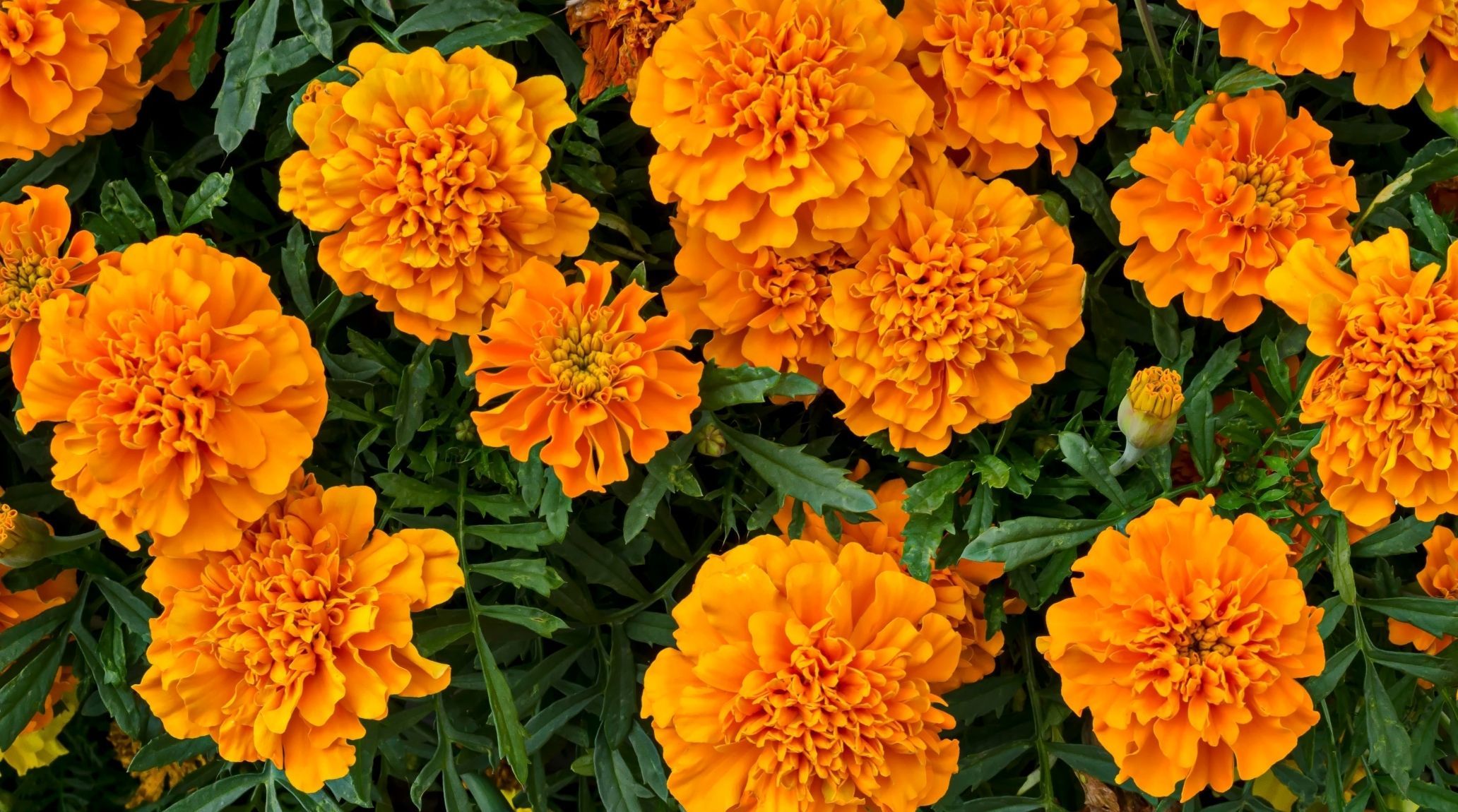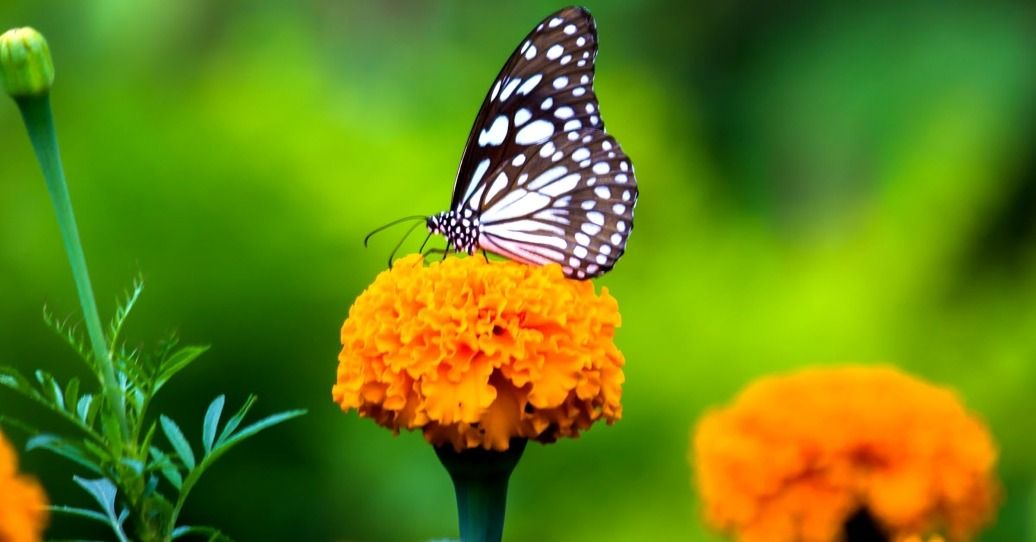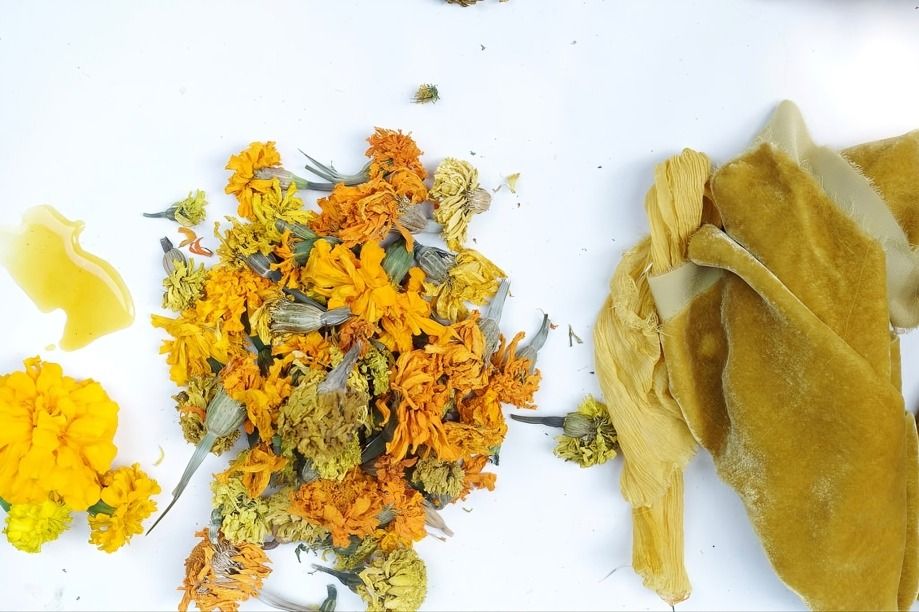
“
Marigolds are not just vibrant, cheerful flowers that brighten up any garden with their sunny hues; they also come with a host of fascinating qualities that make them even more special. Beyond their striking appearance, marigolds have a rich history and a variety of unique features that can capture the imagination of young gardeners. From their role in traditional medicine to their ability to attract beneficial insects, these golden beauties offer much more than just a splash of color. Let’s explore some intriguing and lesser-known facts about marigolds that will spark curiosity and deepen your appreciation for these remarkable plants.1
1
”
Did you know that marigold petals are edible? They can add a splash of color and a slightly spicy flavor to salads and other dishes. Some people even use them as a substitute for saffron! 1
There are over 50 species of marigolds, ranging in size, color, and scent. Marigolds are part of the Asteraceae family, which also encompasses sunflowers, daisies, and chrysanthemums. This diverse family is known for its colorful and ornamental plants. 2
The tallest marigold ever recorded was 3.96 m (13 ft) tall, grown by Everett Wallace Jr. in Richmond, VA, USA, and measured on 19 September 1990 as part of the "Three Marigolds by Wallace Collection.” 3
Marigolds were part of an experiment on the International Space Station to study how plants grow in zero gravity. They thrived even in space, showing their resilience and adaptability. 4

The largest marigold plant, reaching a height of 7 ft 6 in, was grown by Vikram in Jhajjar, Haryana, India, and set a new world record on 5 October 2021, as recognized by the International Book of Records.
Marigold flowers are utilized in beauty routines, symbolize warmth and creativity, and are also used in death rituals. Their vibrant colors and symbolic significance make them versatile in both ceremonial and aesthetic contexts. 5
Marigolds typically have a lifespan of about two to three months, blooming from late spring to fall. They thrive in warm weather and can continue to flower until the first frost. Their vibrant blooms make them a popular choice for summer gardens. 6
Marigold flowers contain lutein, a nutrient beneficial for eye health. Lutein helps protect the eyes from harmful light and supports overall vision, making marigolds a valuable plant for promoting ocular wellness and maintaining eye function. 7
In Mexico, marigolds are a significant part of the Day of the Dead celebrations. The vibrant flowers are used to decorate altars and graves, believed to guide the spirits of the deceased back to the living world. 8

Marigolds are excellent at attracting butterflies to your garden. Their bright colors and abundant nectar make them a favorite among these beautiful insects, helping to support local ecosystems.
Marigold, particularly Calendula officinalis, is used in traditional medicine for its anti-inflammatory and antimicrobial properties. It's commonly applied in ointments and teas to aid in wound healing, soothe skin irritations, and support overall skin health. 9
French marigolds are known for their ability to produce a substance called thiophene, which has been found to repel nematodes and other soil-dwelling pests. 10
Marigolds do not thrive in winter due to their sensitivity to cold and frost. They are warm-season plants that prefer mild temperatures and are vulnerable to frost, which can damage or kill them if exposed. 11
Marigolds are often used in companion planting. They are particularly beneficial when planted near tomatoes, cucumbers, and roses, as they help deter harmful insects and improve overall plant health. 12
Marigolds thrive in full sunlight and can tolerate hot conditions. They are perfect for sunny spots in your garden and can brighten up the landscape even in the heat of summer. 13

The petals of marigolds can be used to create natural dyes. The vibrant yellow and orange hues are used to color fabrics and even foods, offering a natural alternative to synthetic dyes.
In some regions, marigolds are planted near water bodies to attract frogs. The frogs, in turn, help control insect populations, creating a balanced and healthy garden ecosystem. 14
Marigolds come in a range of colors, including red, yellow, and maroon. Additionally, mixed colors are often seen, offering a vibrant and varied palette that enhances the visual appeal of gardens and floral arrangements. 15
Marigold seeds are renowned for their quick germination, usually sprouting within 5 to 10 days under ideal conditions. This rapid germination leads to fast growth and early blooming, making marigolds a popular choice for vibrant, seasonal color. 16

Several countries celebrate marigold festivals, where these flowers are the star of the show. The festivals feature colorful displays, parades, and even marigold-inspired food and crafts, highlighting their cultural significance.


